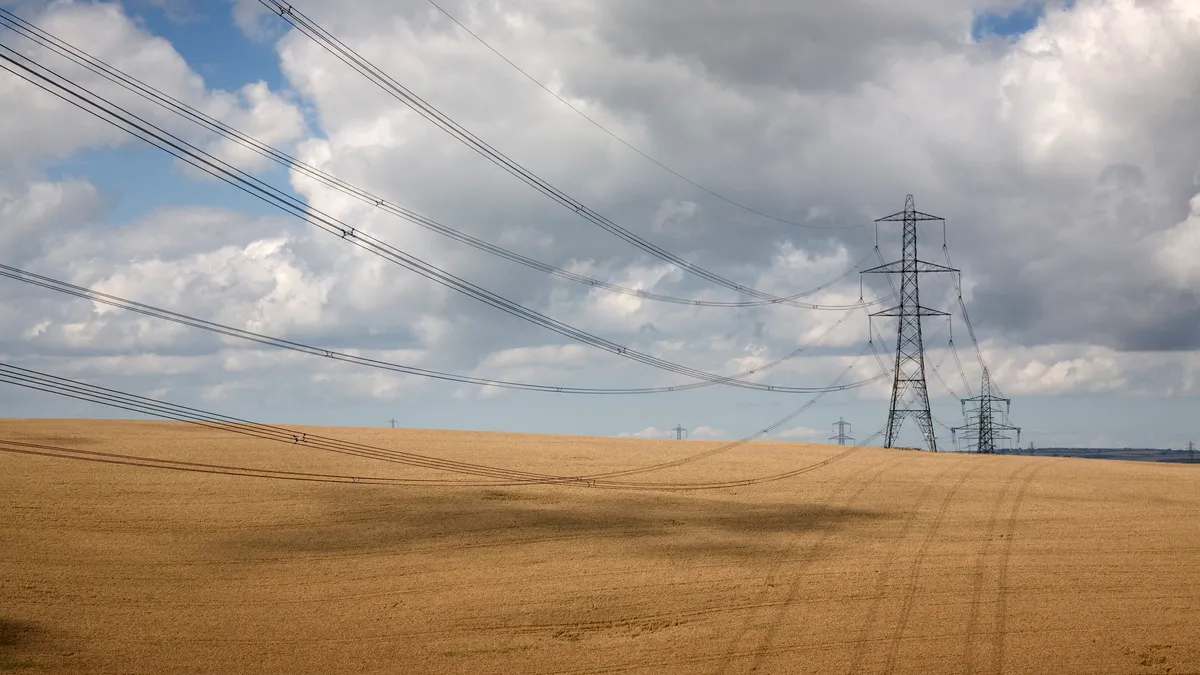The following is a contributed article by Tony Clark, a former FERC commissioner and North Dakota Public Service Commissioner, Ray Gifford, former chairman of the Colorado Public Utilities Commission and Matt Larson, a partner at Wilkinson Barker Knauer LLP.
The emergence of the proposed Southeast Energy Exchange Market (SEEM) in the Southeastern United States pairs nicely with the gradual evolution of the Energy Imbalance Market (EIM) in the West. Both reflect a bottom up "emergent" market taking shape from the efforts of local stakeholders who see advantages for customers, utilities, and the region with an evolutionary, adaptive model that increases the ability to buy and sell power.
It is the middle road between traditional bilateral markets and the top-down "prescribed" administrative market model of the Regional Transmission Organization (RTO), the latter of which have careened from crisis to crisis of late, and added price distortions to correct earlier distortions to a price system that has become all but indecipherable in some RTOs.
An energy "market" is not one end of a binary, where on one end you have a Valhalla of marginal cost competition between multiple, undifferentiated players, and on the other side you have dreary Soviet-style planned socialism of adamantine monopolies. The country now has enough experience that the question of imperfectly regulated vertically integrated utilities versus imperfectly dictated and maladaptive "markets" is a question of relative institutional imperfection, as opposed to "markets = good," "regulated monopoly = bad."
Competition and markets in high fixed, low marginal cost industries like electricity have always been fraught, with blackboard models performing much more elegantly than real world experience of political economy and tendencies toward full regulation. Add imperfect and information-challenged regulation, and you have a perfect storm for the regulatory battles of the past 20 years (and for the next 20), where competitive models have a place — but only a place — amidst public choice pressures, environmental policy imperatives, and good old-fashioned political deal making.
Turning back to the SEEM and the EIM, there are now three general types of wholesale "markets":
- "Bilateral markets" with underlying vertically integrated franchised monopoly providers;
- "Prescribed markets" embodied by the RTOs and ISOs, with permutations involving fully restructured capacity markets (PJM, ISO-NE, NYISO), restructured energy-only markets (ERCOT) and rate-based residual markets (MISO, SPP, CAISO);
- "Emergent markets" such as the proposed SEEM and Western EIM that expand the power pool and increase the amount and ability to trade within still vertically integrated regions.
Dancing on the grave of certain prescribed markets, particularly PJM, has been something of a facile hobby of late. The tension between a prescribed RTO market designed to promote marginal cost competition and state policies set to get around the outcomes of that competition has led to administrative reengineering of the price system. Along with it has come euphemistic interventions like "uplift," minimum offer price rule (MOPR) and, now, "Super-MOPR" entering the lexicon, with a comprehensive carbon pricing regime waiting anxiously at the door.
While the emergent markets have yet to fully prove their value, or in the case of the SEEM, even come into being, there is reason to be cautiously hopeful about what they might bring. The emergent markets bring three qualities any market needs: simplicity, adaptability and stability.
Simplicity. Based on reports of the SEEM and initial experience with the EIM, a primary virtue of these emergent markets is that they are straightforward and transparent. Instead of having to wade into thousands of pages of tariffs to trade energy, a party can participate in, or not, a straightforward transaction on a short-term basis (e.g., 15 minutes). Moreover, the administrative superstructure of a full RTO is not necessary to facilitate this exchange. The result is lower administrative overhead, simple rules that anyone can understand and follow, with similar "market" benefits from scale and the availability of low-cost energy still going to customers.
Adaptability. The emergent markets also should have a leg up in being able to adapt to the participants’ needs. State policy does not need to be worked into and through the price system, because the price system is straightforward: trade energy at whatever price agreed to for a specified increment.
Stability. Though it may seem counterintuitive, a clear and straightforward exit right for participants makes the emergent market model more stable than the prescribed market. If a given state distorts or upends the price system, the exit right is quick and disciplines participant (and regulator) behavior. Because these regions are not opting into a complete new regional regulatory apparatus of an RTO, the unwinding avoids the problems of the prescribed market where every new intervention and every new rule makes for endless wrangling between stakeholders.
To be sure, the front-end of these emergent Western and Southeastern markets invites an easy optimism, as compared to the known real world experience and challenges of the RTO model. Nevertheless, the emergent market path being charted in the Southeast and interior West offers a different value proposition.
Specifically, it does not start from the foundational premise of the prescribed RTO model that a market can be designed, standardized, and imposed in a similar fashion everywhere. Because, if anything is a foundational reality of energy markets and policy, it is that geography matters, local decisions have regional effects, and large investments of capital are worth fighting over and for.
Expanded power pools in any region bring customers benefits and options, while also allowing greater ability to integrate intermittent renewable energy. Meanwhile, unlike the cross-currents of state policy that have roiled the capacity market RTOs, the emergent markets sit on top of state policy.
The rules do not have to be changed every time a state makes a dramatic move to, say, save its nuclear plants, mandate uneconomic resources or disfavor (or favor) given technologies.
For much of the last 20 years, there has been a school of thought among some electricity policymakers that expansion of the full prescriptive RTO model is the foreordained end-game for utilities across the country. But the development of these emergent markets has called that assumption into question.
These emergent markets should be welcomed as a promising new model for the evolution of the U.S. grid, and policymakers would be wise to embrace them as a prudent, attainable option for certain regions. If given a fair chance, emergent markets could become a viable "third way," for states that have thus far resisted full RTOs. Emergent markets may be an opportunity to achieve much of the benefits of regionalization, without incurring the sorts of bureaucratic burdens that have made many states apprehensive of full RTOs.
In a business that is ultimately about the safe, reliable, and affordable delivery of electricity, customers will be better off for the discussions that are happening around these new market developments.






















